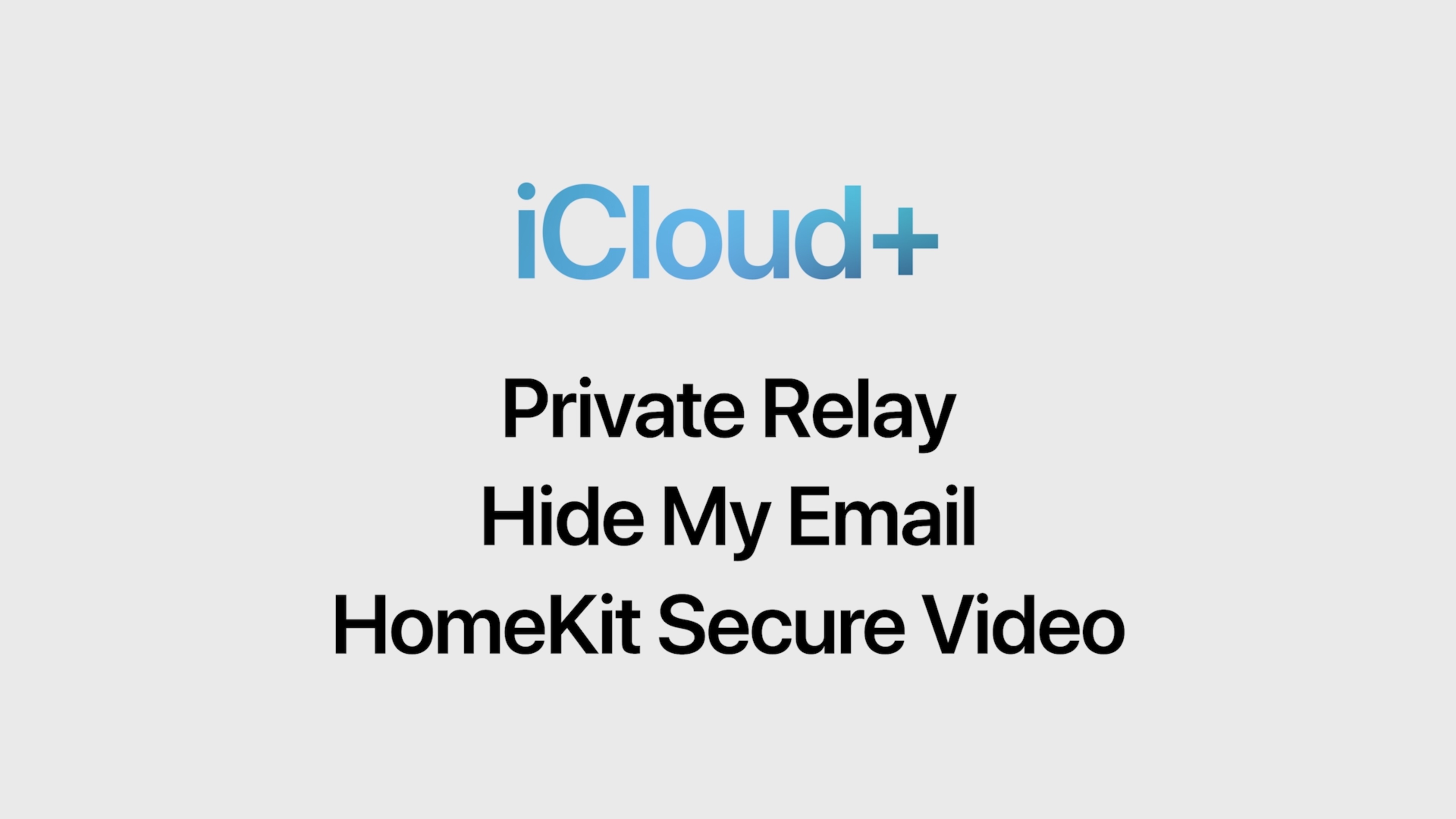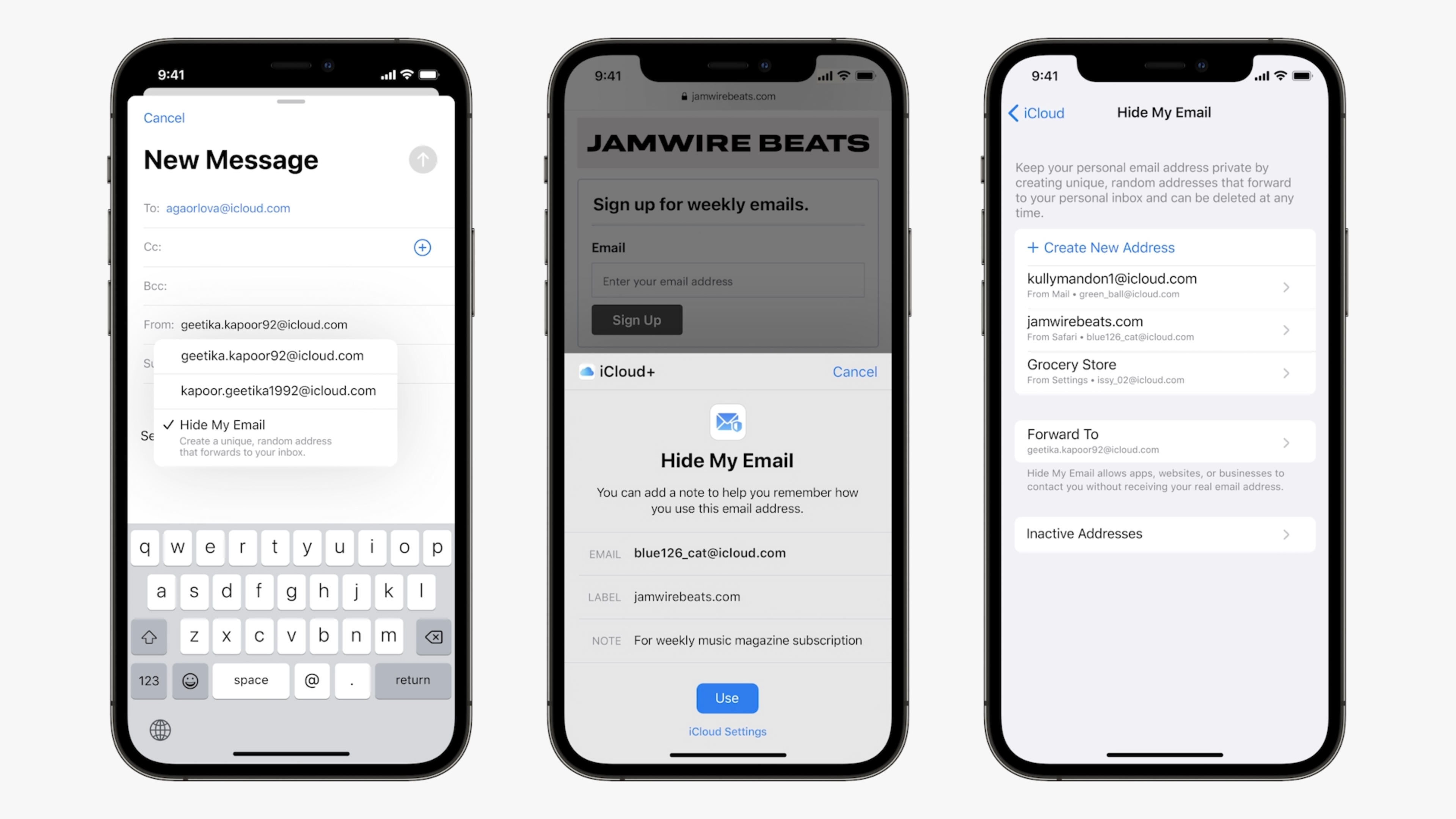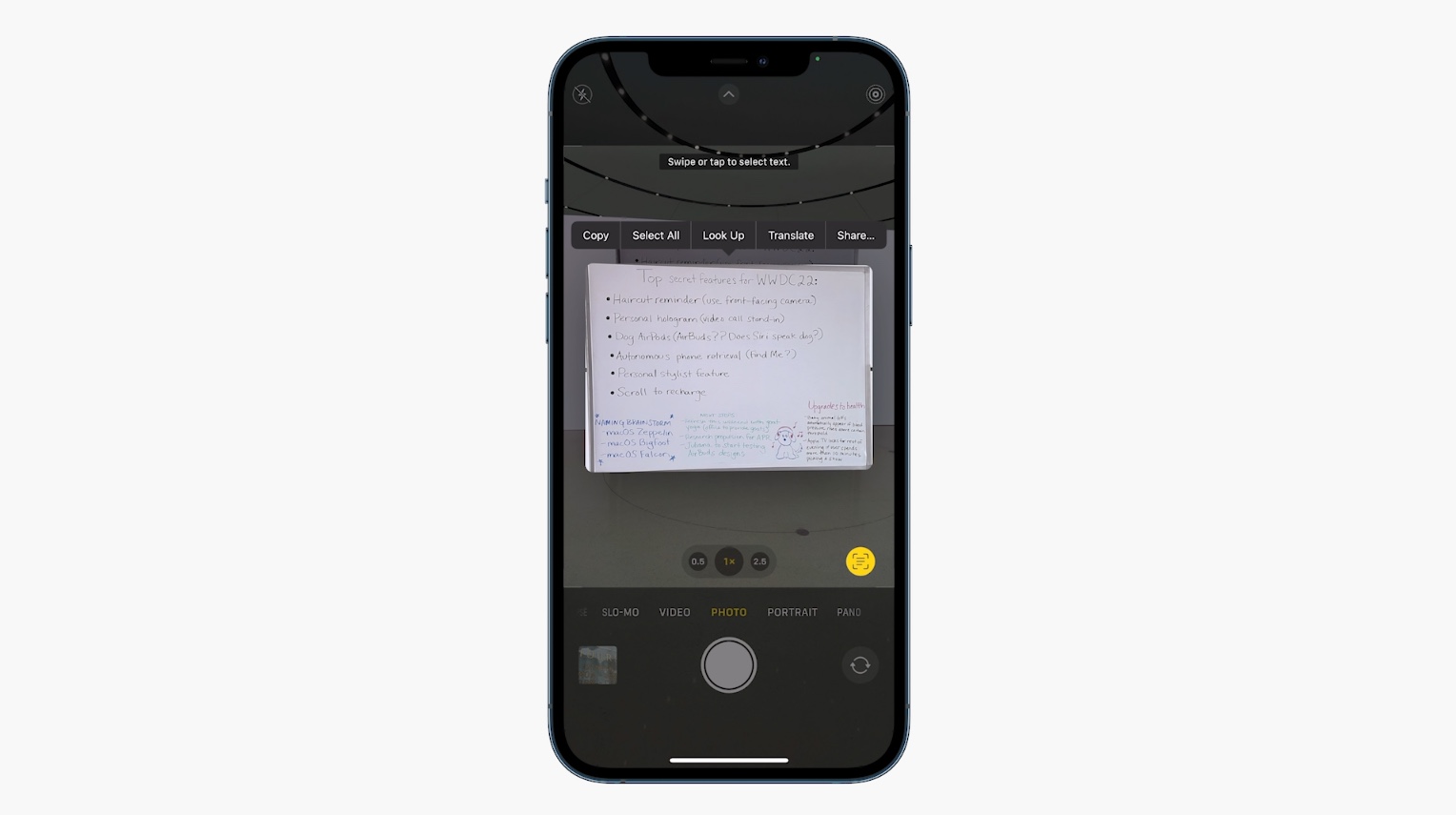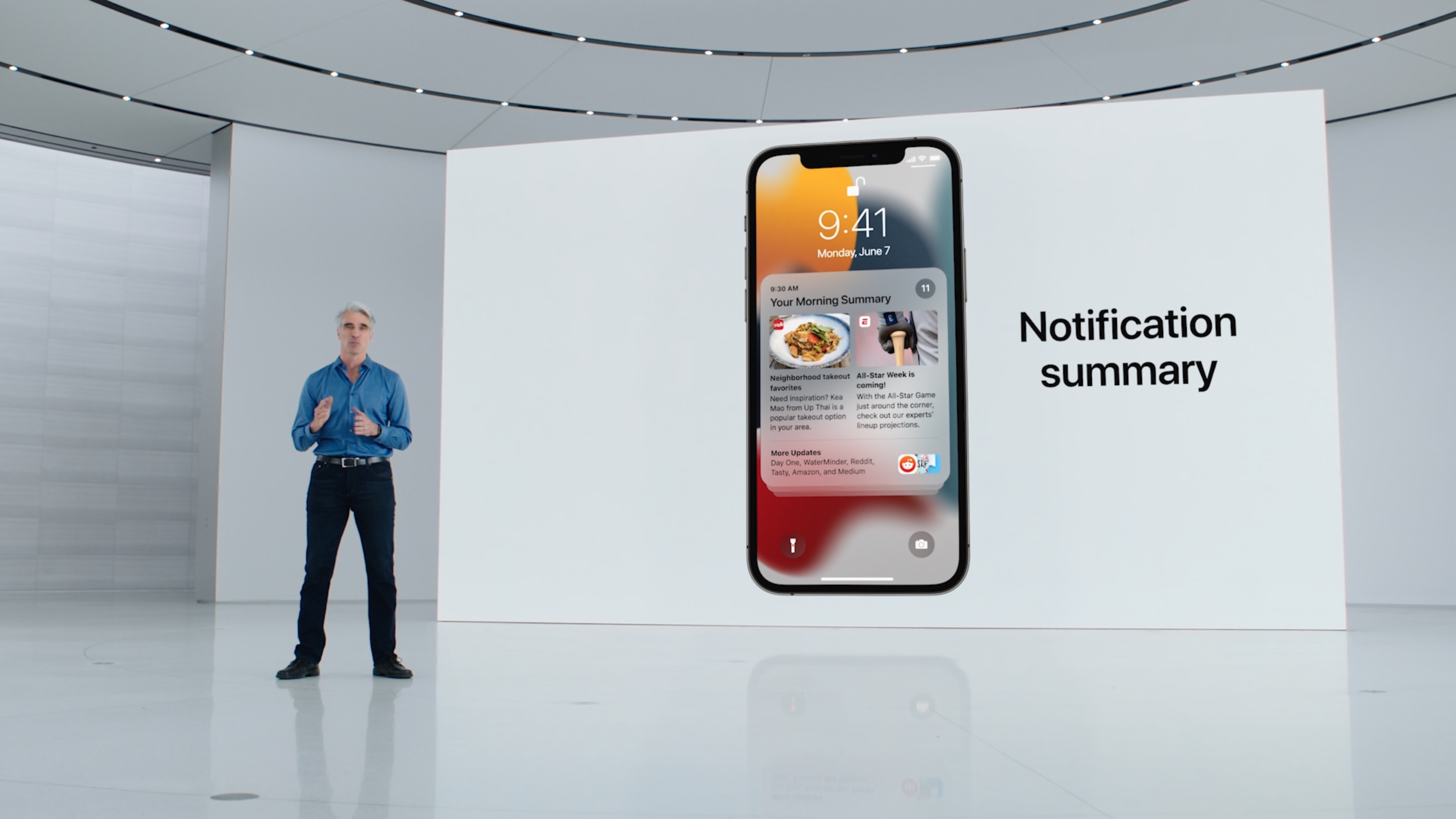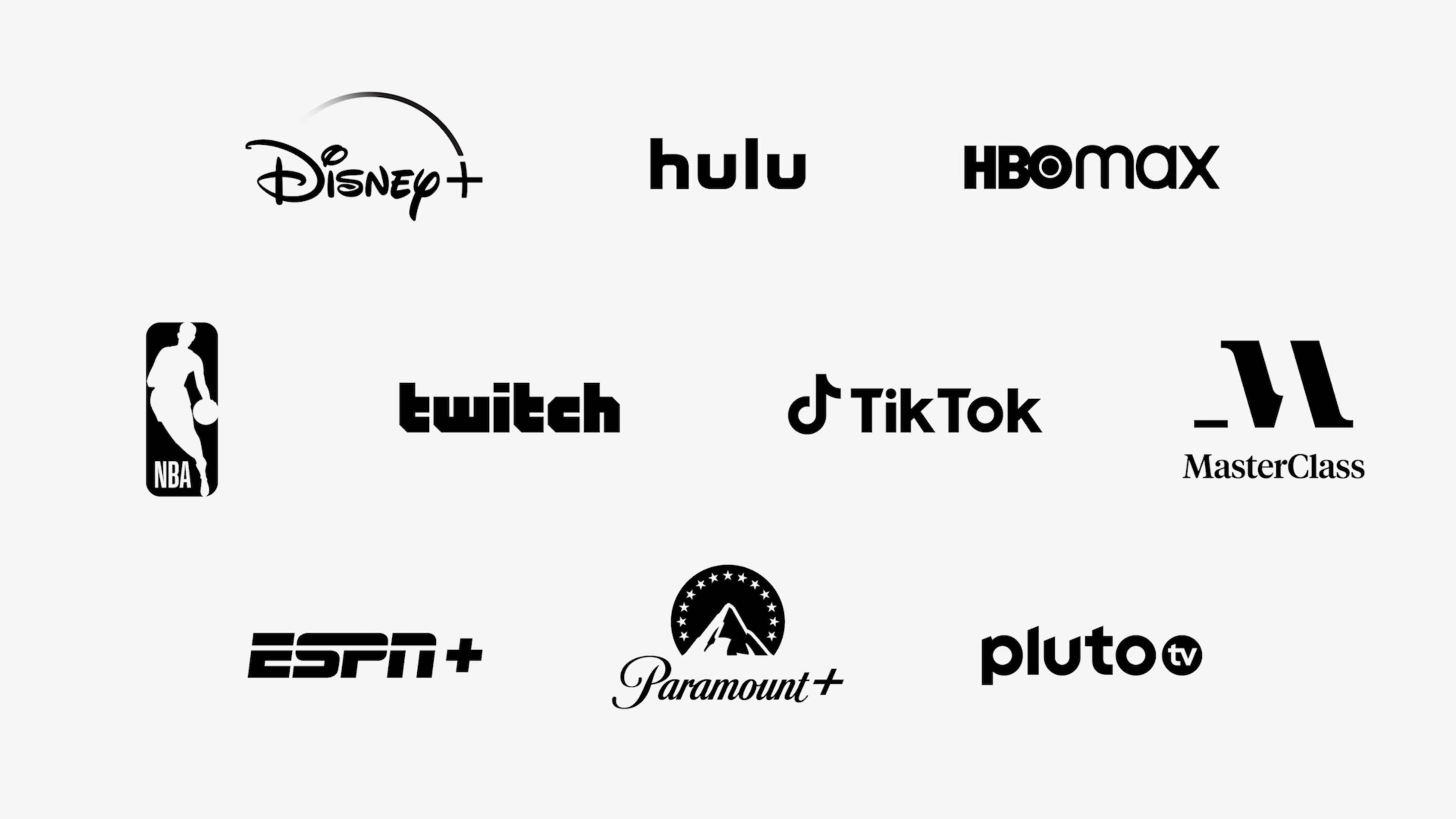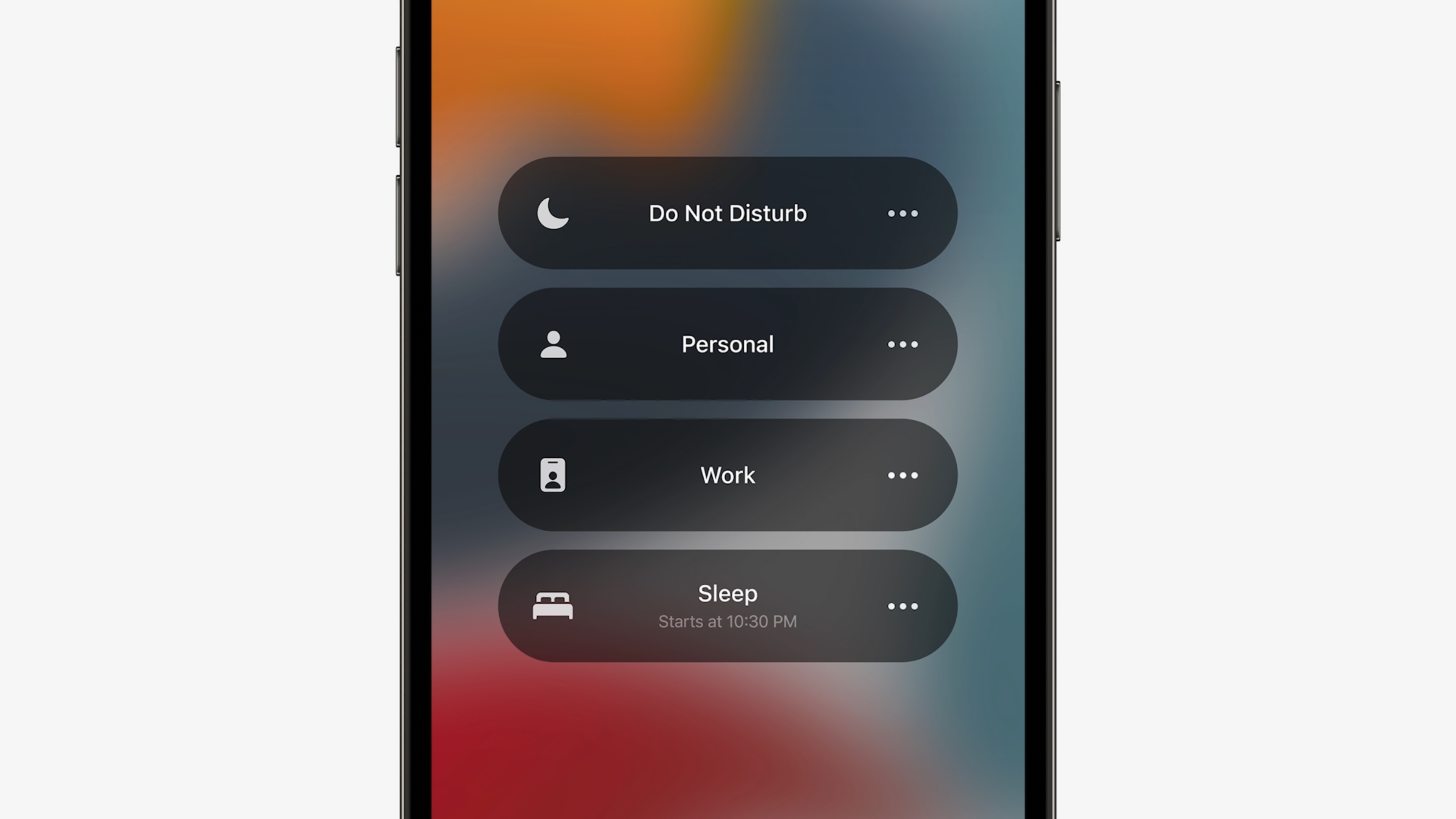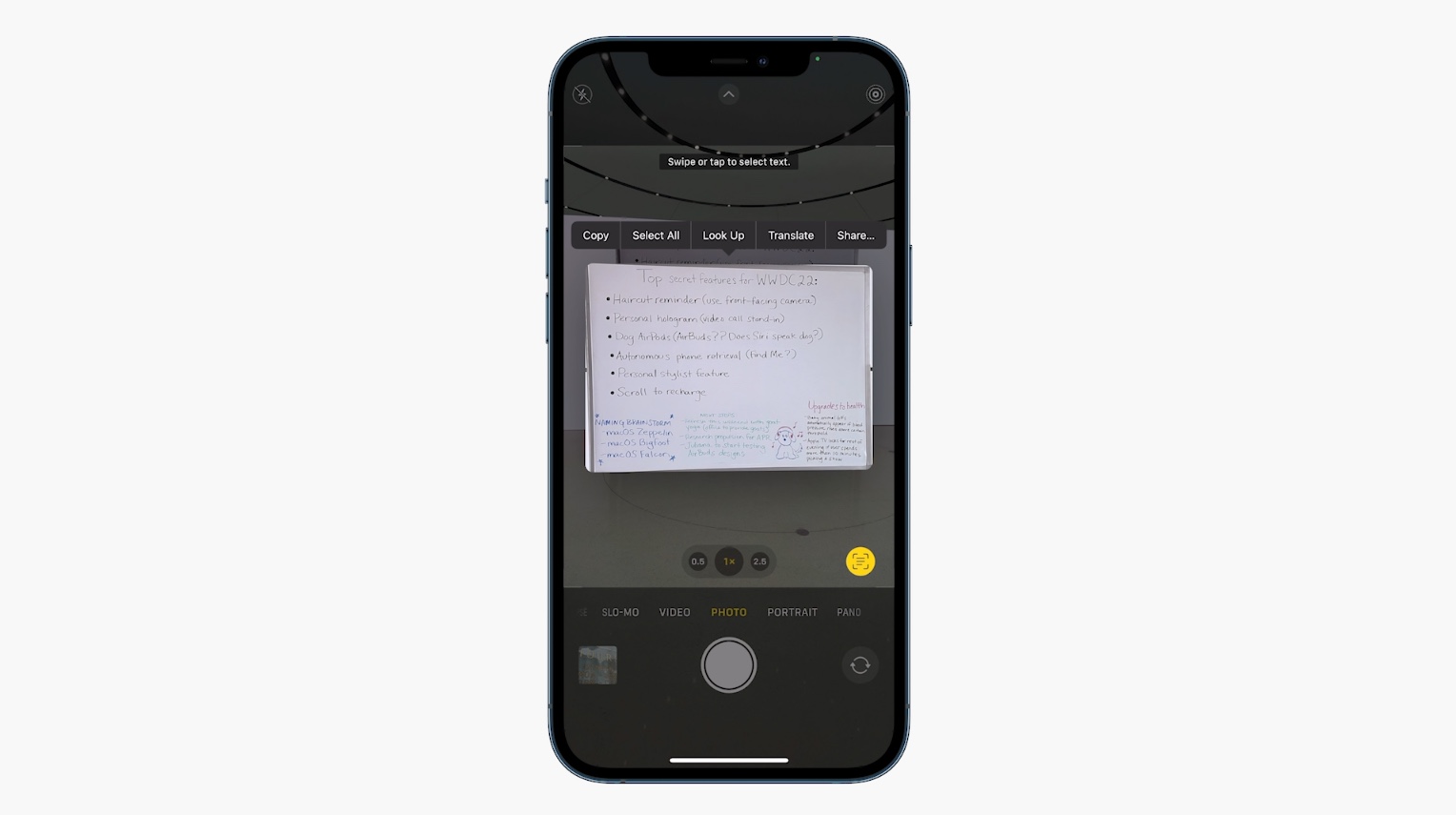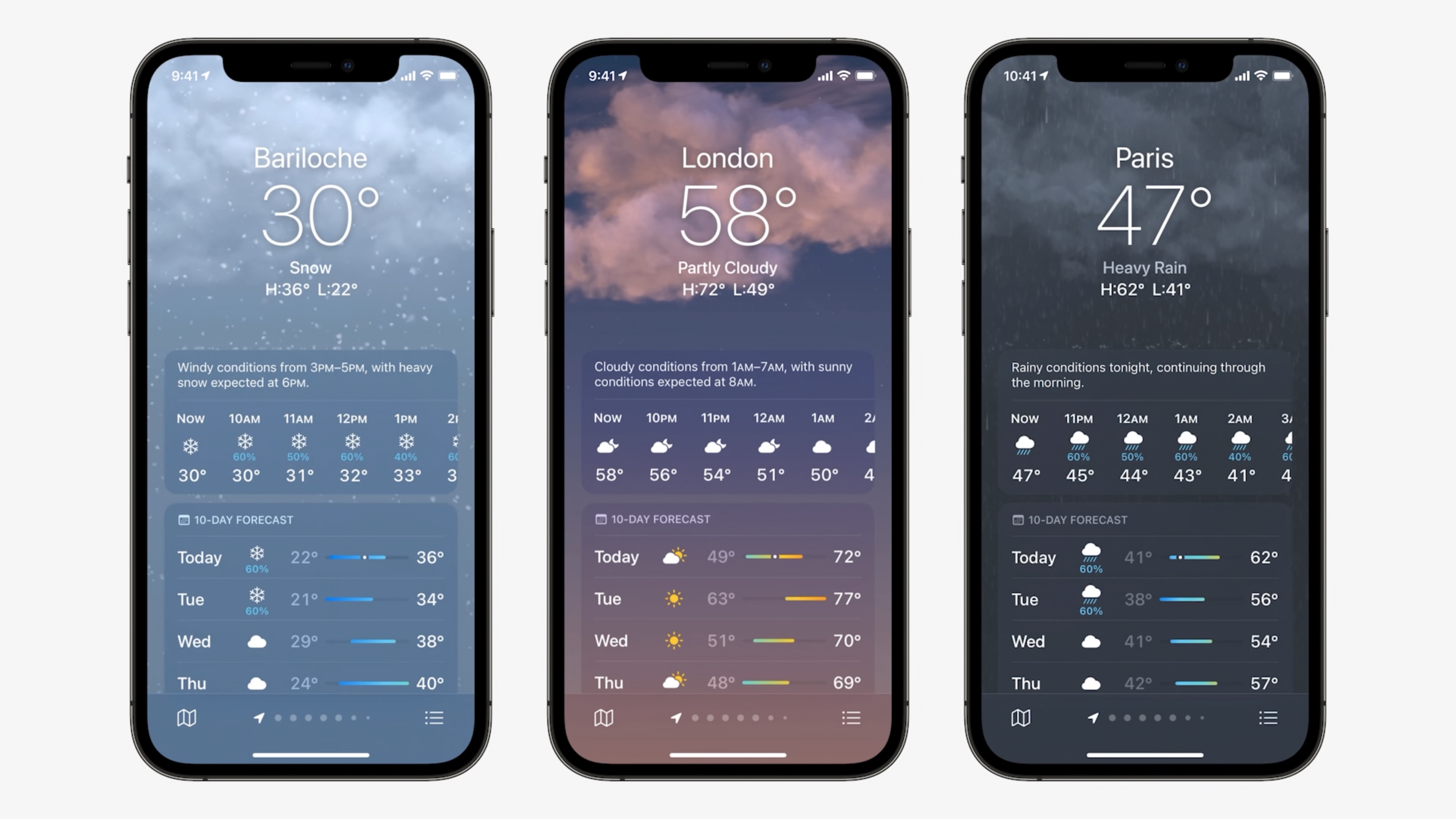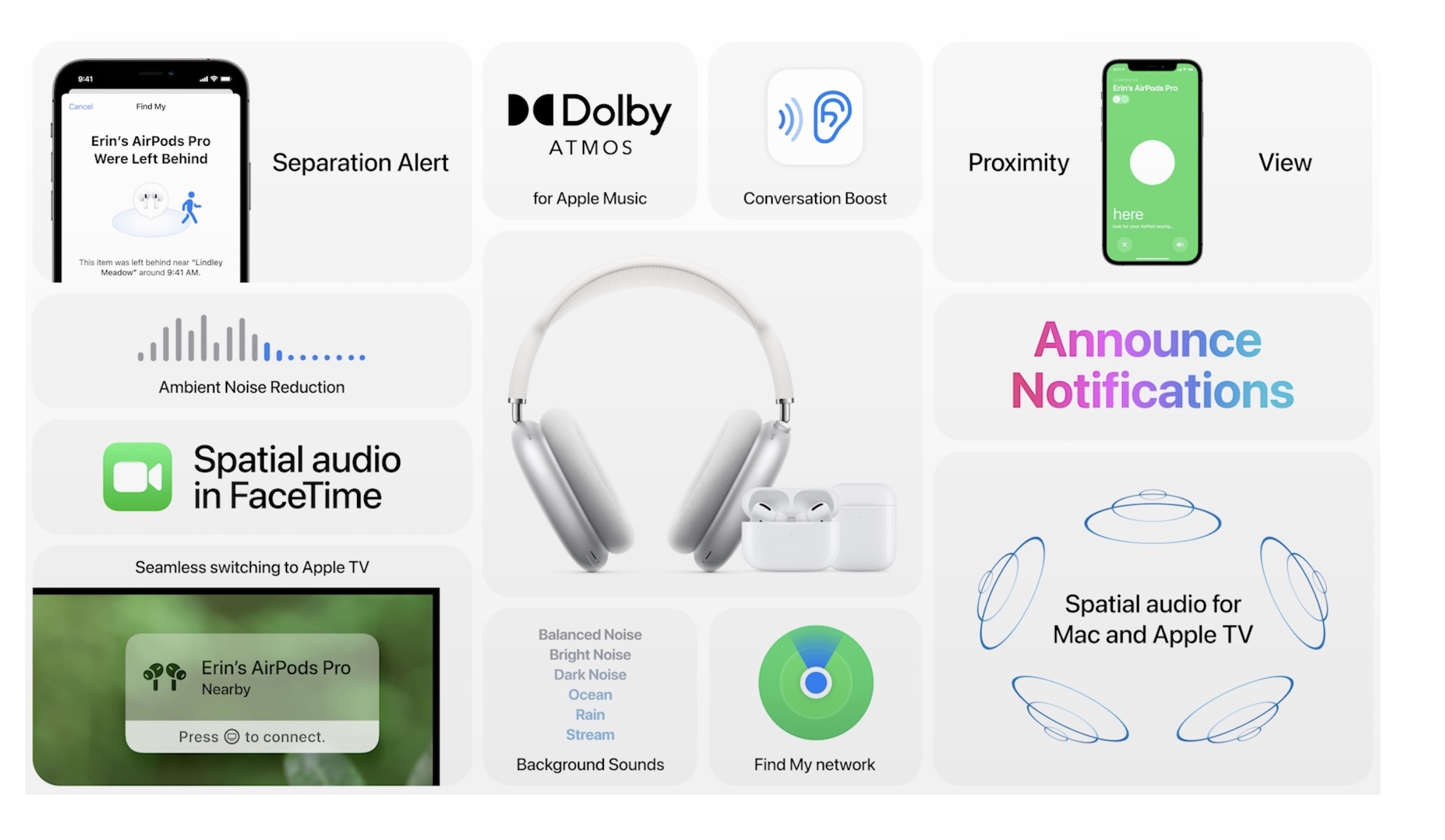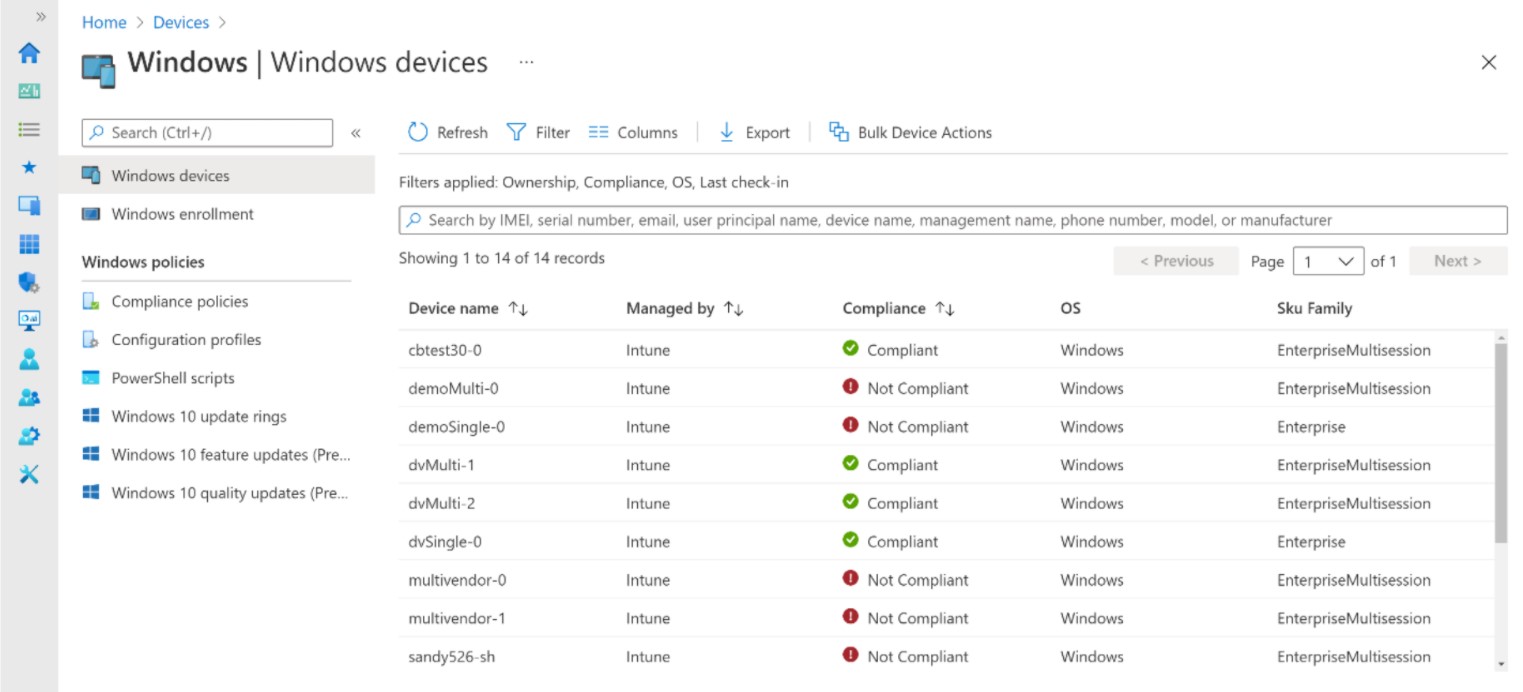“Digital transformation” has been on the mind of many an organization in the last year: the pandemic and the shift it’s brought to how we work are speeding up investments in new apps, infrastructure and work practices to improve productivity regardless of where we sit all day. Now, it looks like we’re on to the next stage of that journey: actually figuring out how to adopt and run with all that new tech.
In a sign of the times, today a startup called Whatfix — which has built a platform that helps make better use of tech investments by giving chatbot-style guidance to users on how to use apps, with the option also to apply AI to understand what a person is doing to suggest what actions to take next — is announcing $90 million in funding. It will use the money to continue expanding its tech platform and hiring more talent to meet demand, said CEO Khadim Batti, who co-founded the company with Vara Kumar (CTO), in an interview this week.
Sources close to the company — co-headquartered in San Jose and Bangalore — confirmed that the Series D round was made at a valuation of around $600 million, triple Whatfix’s value in its Series C round last year.
That sharp rise is due in part to the state of the market today, but also the company’s growth within that bigger trend. Whatfix today has some 500 global customers on its books, The Netherlands Red Cross, Experian, Sentry Financial Services, Cardinal Health Canada, BMC Software Inc., and Bausch & Lomb among them. Some 75% of its business is coming out of the U.S., with another 18% from Europe. Revenues in the last six months have been growing at a rate of 100% quarter-on-quarter.
“This pandemic has proven an inflection point for adoption,” said Batti (pictured above, left with Kumar, right).
This latest tranche of equity funding is coming from a mix of financial and strategic investors.
SoftBank’s Vision Fund 2 is leading the round, with Eight Roads Ventures, Sequoia Capital India, Dragoneer Investment Group, F-Prime Capital and Cisco Investments also investing. The company has raised just under $140 million in total.
“Digital adoption solutions” — the general term describing what Whatfix has built — have become a popular solution for enterprises that have found themselves in an IT pickle, Batti said.
“We’ve seen more than $500 billion spent on enterprise software, with areas like SaaS growing very fast. There is so much there, and every employee has access to do better work. But most are not adopting or using that software. This means a lot [of inefficiency] in ‘digital transformation,’” said Batti. “We are focusing on fixing this problem.”
Digital adoption and digital experience overall can come in many forms these days.
They include assistants that are embedded directly into apps themselves (with some versions of this — such as Clippy on Word — nearly as old as software itself). The category also includes separate platforms that integrate at the back end with the apps that you use, providing not just a single ingestion point for data but intelligence on how best to use it, and what to use. (Dooly for sales teams is an example of that, although I don’t know if it would describe itself as a “digital adoption solution” per se.)
Others like Pendo are geared more at observing how your sites and apps are being adopted and used by others. And there are a number of others out there specifically looking at digital adoption by enterprises and competing directly with Whatfix: they include Apty, Userlane, Applearn.
One of the biggest — WalkMe — yesterday announced an IPO at an estimated $2.5 billion valuation.
Overall digital adoption and digital experience are big businesses: one analyst estimates that the market is growing currently at a rate of just under 11% annually and will be worth $15.8 billion by 2025.
 Whatfix is built around the premise that it sits on top of whatever apps a company may choose to use, and will work with just about any piece of modern software, Batti said. That includes Whatfix being able to provide assistance on apps even when they have been customised for a particular workplace. It most commonly appears like a little chatbot on the user’s screen, like the one in this paragraph, which can expand with more details and information as needed, like this:
Whatfix is built around the premise that it sits on top of whatever apps a company may choose to use, and will work with just about any piece of modern software, Batti said. That includes Whatfix being able to provide assistance on apps even when they have been customised for a particular workplace. It most commonly appears like a little chatbot on the user’s screen, like the one in this paragraph, which can expand with more details and information as needed, like this:
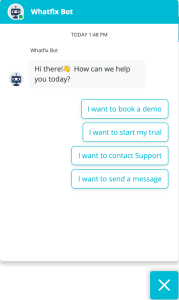
The company works with the most popular software packages — including Salesforce, MS Dynamics, Oracle’s CRM platform, ServiceNow, SuccessFactors, SharePoint, Workday — but, since it is used in the form of a browser extension or an overlay integrated by a company’s IT department, it can be used to help guide people with any application that’s available over the web. Batti said that one priority the startup has is to build deeper integrations with specific apps so that Whatfix can be used better across mobile and with local apps in future, not just via the web.
Many might think of “digital adoption” as training someone to use a particular software package, and while Whatfix is used for that, the company has also found a lot of traction as a tool beyond it, providing support on a more regular basis and across a wider variety of use cases, whether it’s to help guide people through app usage, or to monitor what they are doing in order to help suggest what to do next, and even populate relevant fields if “next” means using a different app.
The platform can be used to create usage guides, multilingual support, multi-device support, user tracking and more, and it comes with low-code options (it can be intergrated into an app with a single line of code, the company says).
The company claims its assistants can increase employee productivity by 35%, reduce training time and costs by 60%, reduce employee case tickets by 50% and increase application data accuracy by 20%.
While the field for digital adoption is very crowded today, it’s numbers like these, Whatfix’s own growth, and the fact that software is continuing to get more capable, but also more complex, that have interested investors.
“Digital Adoption Solutions are enhancing the growth and importance of SaaS products for enterprises globally,” said Munish Varma, Managing Partner, SoftBank Investment Advisers, in a statement. “Whatfix makes it easier for companies to use SaaS products, which increases productivity. Whatfix, with its roster of global clients, is well placed to become a DAS leader, and we are excited to be part of their journey.” Sumer Juneja, Partner, SoftBank Investment Advisers, added: “Enterprises spend billions on applications across multiple functions and yet employee adoption is low. Quick adoption ensures payback on software investments. Whatfix’s solutions will be a key driver for enterprises to achieve this goal, which is reflected in their growth.”
What will be interesting to watch is how platforms like Whatfix’s will evolve over time, and what further functions they might take on. For example, in enterprises, one of the biggest vulnerabilities in security has been how people mistakenly click on dodgy links in emails or otherwise inadvertently pass on information to malicious hackers. Could there be a role for digital adoption assistants to identify when this might happen and alert people before they click the wrong way? Regardless, the question and very existence of loopholes like that are signals for why we’ll probably why we’ll continue to see tools like Whatfix’s around for some time to come.
Powered by WPeMatico




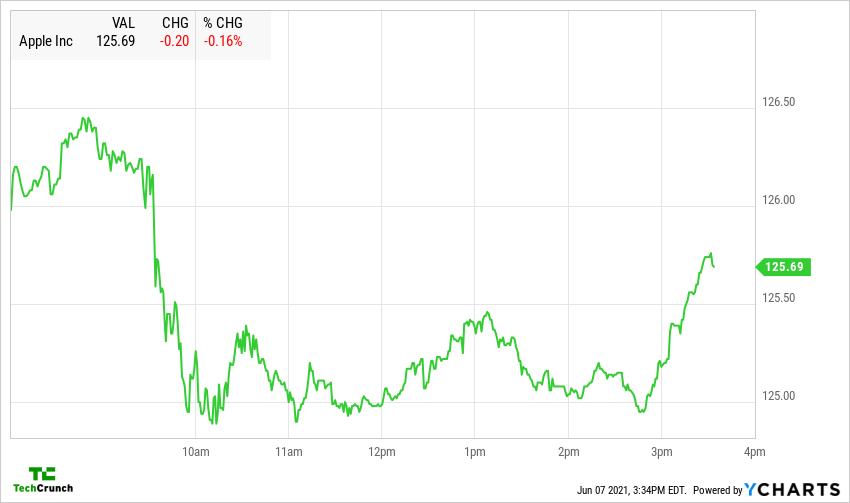

 , those might not mean much to you. Don’t worry. The charts say very little all-around so you are missing little. Apple was down a bit, and the Nasdaq up a bit. Then the Nasdaq went up more, and Apple’s stock generally followed. Which is good to be clear, but somewhat immaterial.
, those might not mean much to you. Don’t worry. The charts say very little all-around so you are missing little. Apple was down a bit, and the Nasdaq up a bit. Then the Nasdaq went up more, and Apple’s stock generally followed. Which is good to be clear, but somewhat immaterial.

